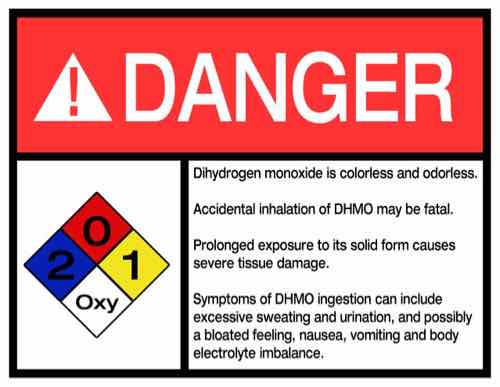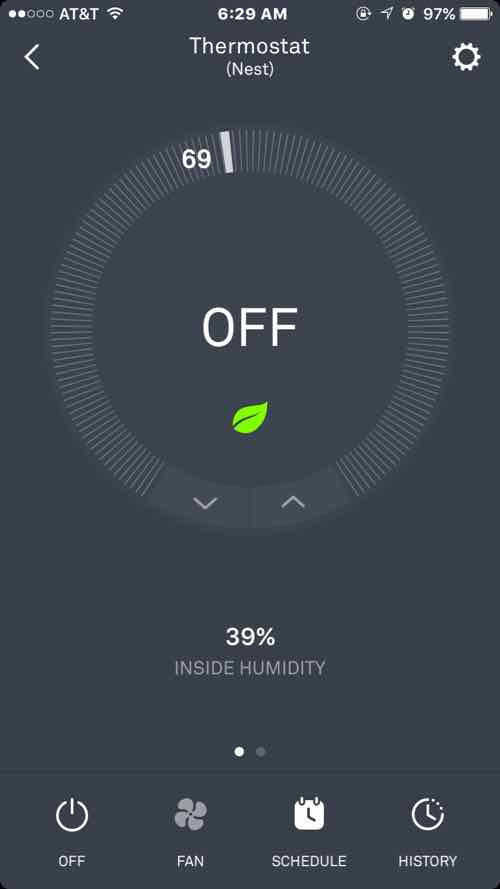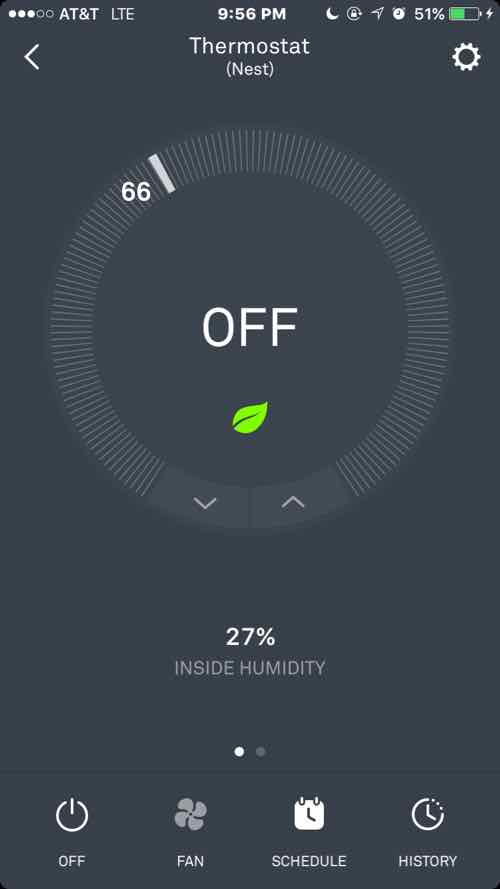Cobra Heads Shine Light Up Into Our 4th Floor Windows
Street lights are important for safety, so motorists and pedestrians can see better at night. Good lighting can help reduce crime. Sadly, most cities, including St. Louis, have bad lighting. Instead of lighting the road and sidewalks we also light up the night sky.
The International Dark-Sky Association estimates that 1/3 of all lighting is wasted at an annual cost of $2.2 BILLION dollars. The light projected directly upwards from a cobra-head streetlight is about 30% of the total light it emits! (James Mason University/John C. Wells Planetarium: Light Pollution: The Overuse & Misuse of Artificial Light at Night)
Our loft is on the 4th floor of our building, our windows don’t directly face Locust St. Still, a cobra head light across the street blasts our uncovered windows with light every night.
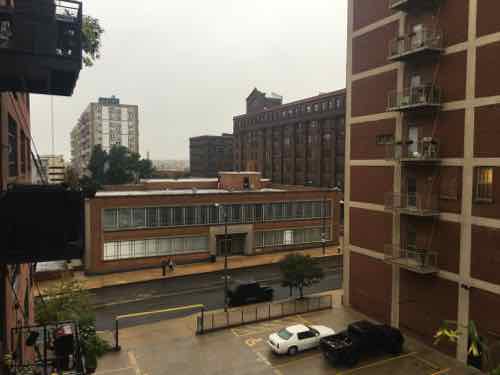

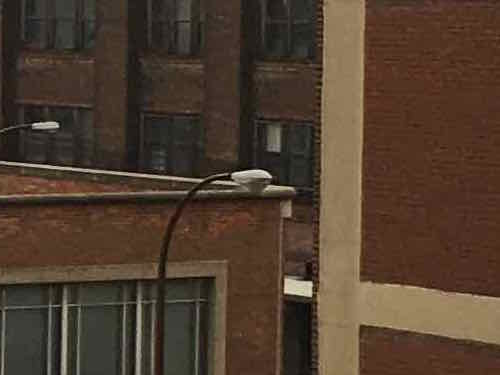
The solution is to replace the old cobra head lights with more efficient LED lights, right?
The new plan for security was put in place before the recent robberies. It calls for four more surveillance cameras, license plate recognition cameras, and brighter street lights.
“What we want now are the surveillance cameras that have red and blue flashing lights on them so that people realize they are on camera and that is a really critical next step to make people realize this is a watched area,” said Missy Kelley with Downtown St. Louis, Inc.
The plan calls for all 3,000 downtown street lights to be replaced with LED lights that are brighter.
“Change out all of the cobra head lights downtown to LED lights which are brighter and whiter and will splash back onto the sidewalk. They will light the streets but also light the sidewalks,” Kelley said.
Areas around the Busch Stadium, the Peabody Opera House and Scottrade Center will see the new lighting first. (More security measures coming to downtown St. Louis)
The word “brighter” was used three times in the above quote. But, again, LEDs are the solution, right?
Not necessarily says the International Dark-Sky Association — they detail five myths about LED streetlights:
- Myth #1: The use of LEDs reduces light pollution and is “good for dark skies” because they’re highly energy efficient.
- Myth #2: The use of LEDs reduces light pollution and is “good for dark skies” because they make it easier to control where the light lands on the ground.
- Myth #3: LED lighting increases traffic safety
- Myth #4: LED lighting improves security by discouraging crime.
- Myth #5: Energy savings from LEDs automatically means a lower carbon footprint, which is better for the environment.
Just like most regions, we’re replacing bright cobra heads that scattered light in all directions with brighter LEDs that scatter more light in slightly less directions. Brighter isn’t necessarily better or even safer.
— Steve Patterson


